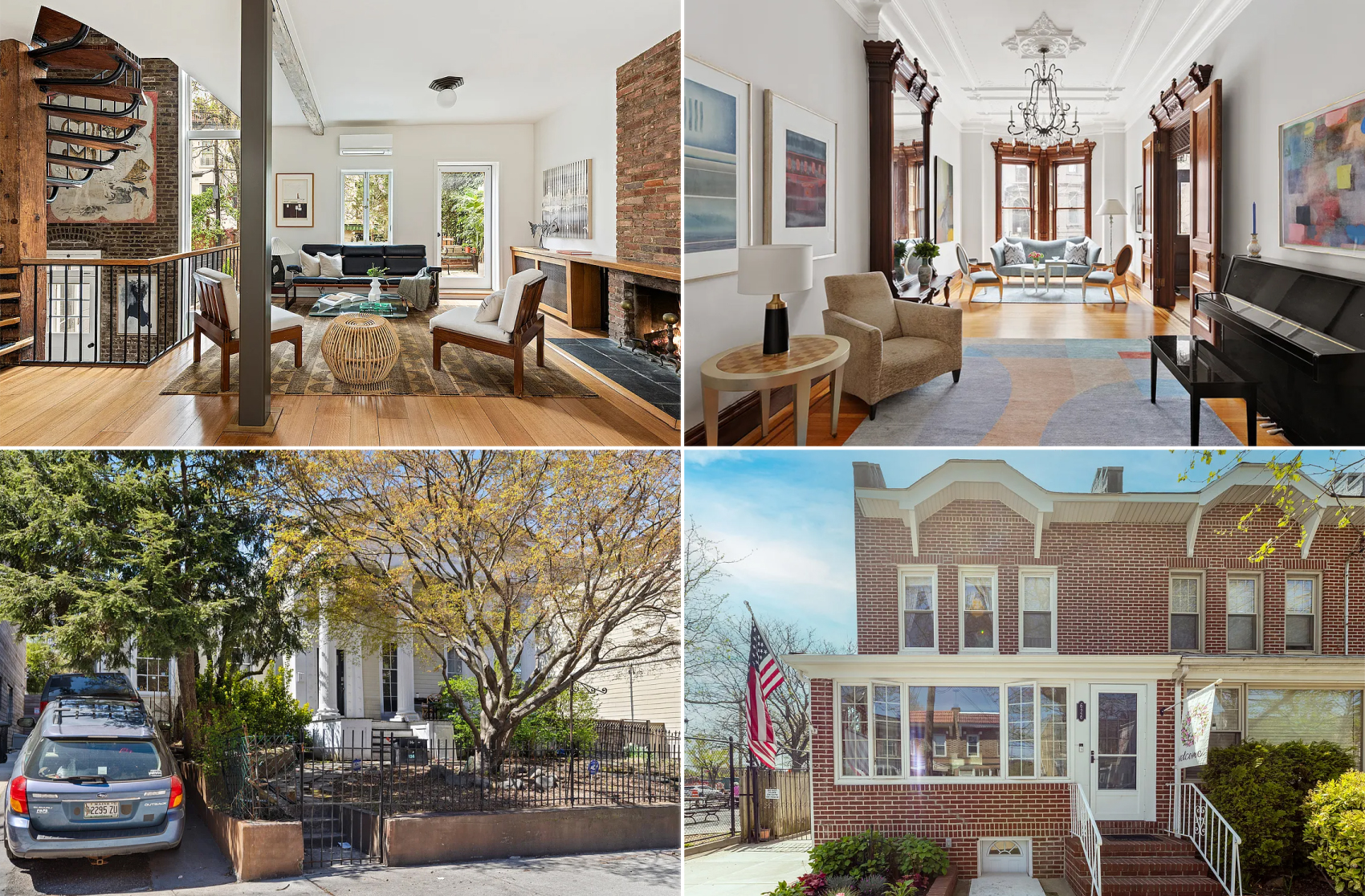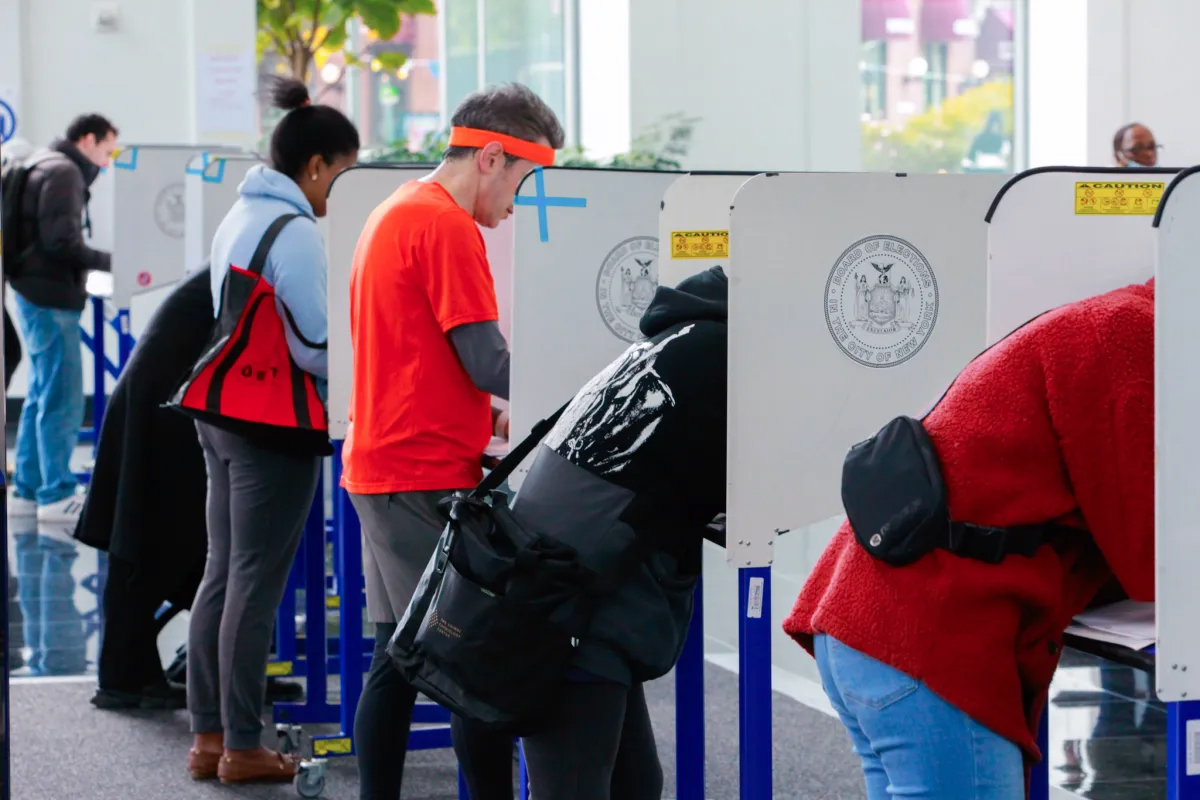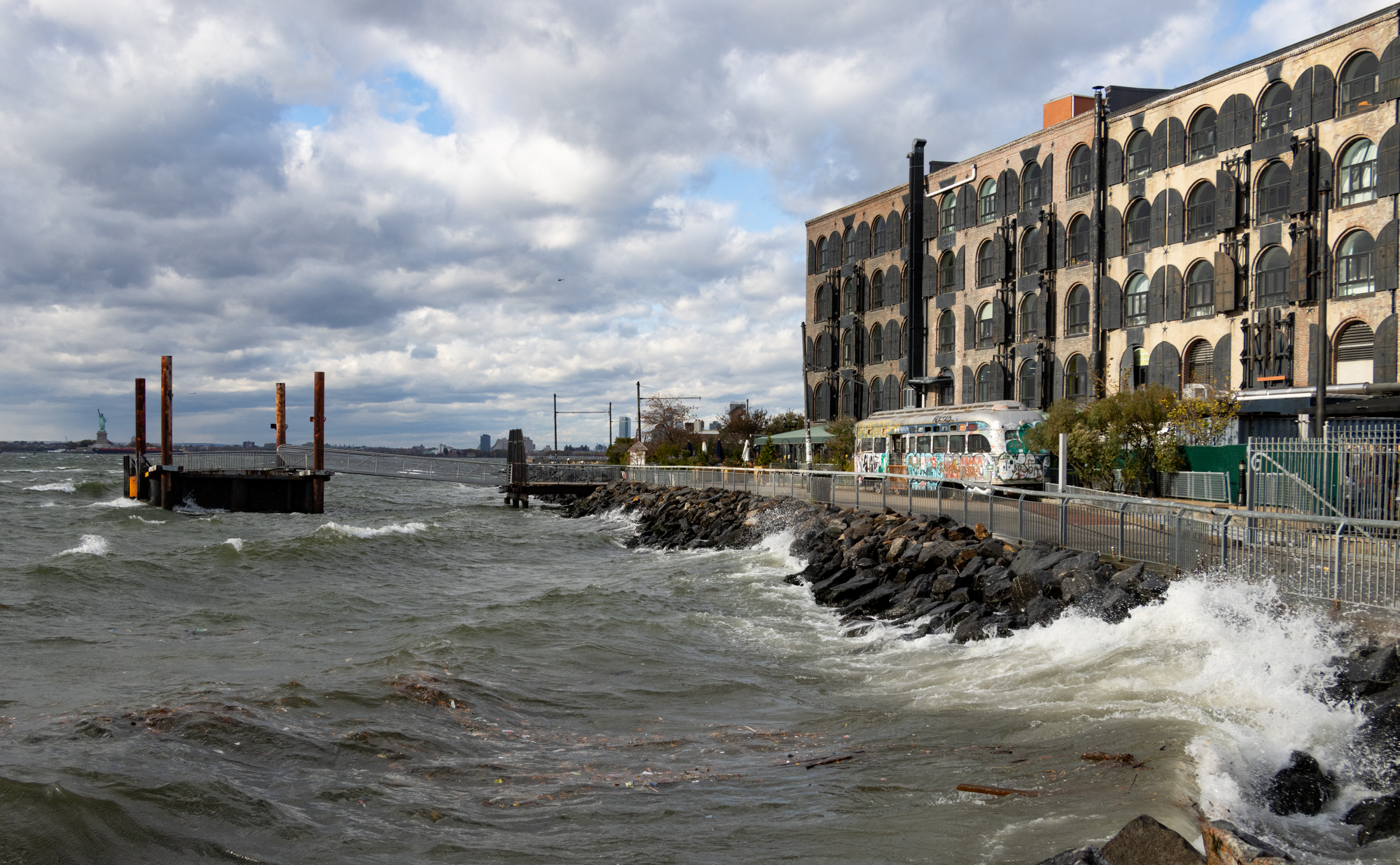On Flatbush, a $3 Billion Pipeline of Projects
There is more than $3.1 billion of construction projects in the pipeline for the one mile stretch of Flatbush Avenue between the Manhattan Bridge and the Williamsburgh Bank building, calculates The New York Post this morning. Here’s how it breaks down: In addition, there’s another $1 billion in projects off the northern end of Flatbush…


There is more than $3.1 billion of construction projects in the pipeline for the one mile stretch of Flatbush Avenue between the Manhattan Bridge and the Williamsburgh Bank building, calculates The New York Post this morning. Here’s how it breaks down: 
In addition, there’s another $1 billion in projects off the northern end of Flatbush and, of course, a $4 billion project some of you may have heard of called Atlantic Yards. “Flatbush Avenue is the borough’s quintessential boulevard and the gateway into Brooklyn,” said Joseph Chan, president of the Downtown Brooklyn Partnership. “It is to Brooklyn what Broadway is to Manhattan, and it is poised for some dramatic change.”
Boom on Flatbush [NY Post] GMAP





David, I wish I could buy you a beer.
Thanks for being one of the more level-headed and rational posters on this forum.
Bx2Bklyn – while it would be nice if infrastructure was repaired, upgraded and added before development, in today’s world (with Nimbism, Land Use Reviews, Lawsuits, term limits, Politics by 30 sec ads, etc…) its not going to happen. That being said you have it exactly backwards – the reason the neighborhoods ‘rotted’ was not because too many people came into them, but b/c too many people left them. The best protection for NYC, Brooklyn, and whatever neighborhood you are talking about is for there to be more investment and more people – new, old and the babies of the old and the new.
Hey, anon 2:25, I don’t own a home in PLG (or anywhere else). I rent, and if my landlord were to increase my rent to what are now market rates in the area, I’d have to move.
Anon 2:25 do you have ADD or just a reading comprehension problem? David was not the one that said I didn’t have any answers, I DID! And if you’d actually read the posts before reacting to them, you’d see I’m not complaining, just pointing out what even David admits is a potential problem in the ass-backwards approach to recent development viz a viz infrastructure. Just because you don’t agree with my position doesnt’t make me a complainer. And P.S., this is a forum, not the WWF so cool it with the smackdown mentality.
David- if in fact the City does not preplan for increased stress on the infrastructure, then the term Urban Planning is patently false. By not improving the structure beforehand, all the additional stress will indeed put it into crisis- and be much more expensive to fix. So then the City has to wait again for the coffers to fill because they now have an even bigger, more expensive problem to fix. So it goes into a ever-worsening cycle and never gets done, and as the infrastructure falters and fails, the once “desirable” developments become less so and the money does what it always does- it moves on. Of course the City follows the money too, so they will do what they’ve always done in the past, let the damaged neighborhoods rot. And in ten-20 years it will be the community that stayed that will rebuild, only to go through the same cycle again. So your answer makes absolutely no sense on any level.
By the way my answer was never to build less or not at all- my answer was to strengthen the communities that are there, build where there is empty land and a need. But make it more attractive to developers to build to the market that is there- not rip out and reconfigure entire neighborhoods to accomodate massive and monstrous developments. The subway is not an afterthought- its an integral part of the development and it also points up the implausibility of your statement: “As for the subway/transit issue, Bloomberg has proposed a massive increase in funding – payable by those people who choose to drive into Manhattan from 6am-6pm M-F” If the public transportation systems are already strained now, how does forcing more people onto it resolve anything? It doesn’t- and people who drive into the city are , in any case, hardly going to use a system that is overcrowded, always late and takes far more time.
As for Bloomberg- it’s an unfortunate fact that all of those incentives, etc. don’t seem to get translated into anything other than benefits for luxury developers.Bloomberg loves gentrification and pushes it at every opportunity. It’s nice to see neighborhoods improve- how about improving those that need it the most for the people who need it the most? And I reiterate- working class neighborhoods pay their fair share into the system. why shouldn’t they get something back? Why aren’t they entitled to stay in their homes and communities? I understand the economics of gentrification, I just don’t like the ethics of how its done. And AY is a perfect example of economics without ethics.
As David says, neighborgood, you have no answers and do nothing but complain.
Babs, if you’re so concerned about middle-class access to home ownership in PLG, why not sell your home for 200K and live full-time in your LES pied a terre?
Yes, the middle-class people lucky enough to have moved into PLG, Crown Heights, Bed Stuy, etc., way back when and who are still there are part of what gives these neighborhoods their character and why we like them. However, middle class people looking to buy there today cannot afford them. I believe the question was, “Where can middle class people afford to buy TODAY?” And the answer is not those areas.
Thanks for your specific answer David. Unfortunately, the sophistry that followed your acknowledgment of the potential infrastructure problems does nothing to advance the argument any closer to a common-sense solution. If todays headlines about the 2,3, 4 and 5 lines are any indication of what to expect, the “close to crisis” situation you mention is already at hand. BTW, I’m not saying I have any answers either, but I believe my concerns are valid ones, no matter how glibly you’d like to dismiss them
Neighborgood – seems like you are looking for a specific answer when you ask it in the form of “10lbs of shit into a 5lb bag” so I’ll tell you what you want to hear….
No, their will be undoubtedly be very significant strain on the existing infrastructure, so much it might even create terrible problems.
Now for the other side….what else do you suggest – if you build less or nothing – the lack of supply will continue to push housing costs higher and higher, resulting in NY and Brooklyn being less affordable.
If you try to spread the development out, you will put the strain over a wider area including in places further from the ‘center’, where it will cost more to solve (economies of scale). It will also impact more of the ‘neighborhoods’ you claim to be trying to protect.
Now before you go and tell us that the city should improve the infrastructure 1st, then build, let me say – that would be nice – but as realistic as Osama Bin Laden becoming a gay jew. Until the tax base and political will is actually realized (i.e. close to crisis) the city is not going to invest billions in upgrading and adding new subways/transit/schools/muni-services for ‘proposed’ developments. And if the city tried to do alot of this ‘developing for the fuure’ – the political firestorm from those who live in already developed areas would be huge.